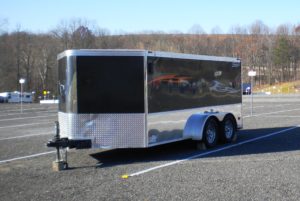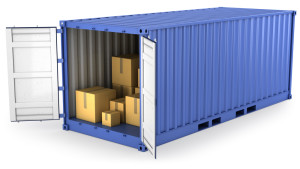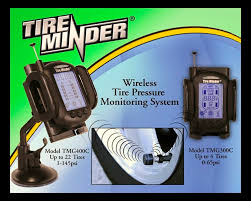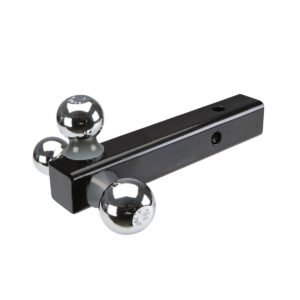Some people love driving during rainfall while others hate it. Whatever the case, you should be aware that driving in a downpour should be taken seriously even if you’re a seasoned driver. Rainy driving isn’t just annoying, it’s also potentially dangerous.
According to the US Department of Transportation, about 22% of all road accidents – almost 1,259,000 – are caused by the weather. You may take a wild guess and think: “Well, the majority of crashes have got to be during winter because of snowy and icy pavement.” Guess again. In fact, the majority of weather-related crashes happen during rainfall. To put things into perspective, 73% of crashes happen on wet pavement and 46% happen during rainfall, while only 17% occur in winter time.
The stats don’t lie, so next time you won’t think of rain so lightly — even if it’s just a drizzle.
In this article we’ve prepared for you 4 practical and potentially life-saving tips that every driver should know about:
#1 Make sure your car is in good shape
The condition of your car is crucial. Whatever’s wrong with your vehicle may be even more prominent during rain. First you need to check your tires. Are you tires already at 2/32? Tires that are worn out should be replaced even before they get worn out. In case you forgot, old tires are even more dangerous in rainy conditions.
Secondly, check your tire pressure at least once a month using a tire gauge, especially before driving in wet conditions.
Thirdly, don’t forget about your windshield wipers — they are your eyes during the rain. If they’re not functioning well you won’t be able to see anything ahead and that can be a major problem. Needless to say, make sure your brakes are operating well, as well as headlights, taillights and all other signals that ensure your visibility.
#2 Even if you’re in a hurry — slow down
This one sounds like a no-brainer, but you’d be surprised just how many people start speeding through the rain as if they’re in a hurry (even when they’re not) or like they’re trying to run away from the rain itself. You never know what’s out there, no matter how much you (think you) know the road. Even if you could drive blindfolded through that road, you can’t predict the circumstances, especially during a downpour. There could be a car stopped in front you, or a pedestrian wandering, or the water may be so deep that you can’t actually drive through it. So for your sake and for other people’s sake, remember that you need to slow down during rain.
#3 Stop tailgating and make space
Tailgating isn’t just annoying, it’s dangerous as well — especially during rainy weather. When the pavement is wet, your brakes don’t function as they normally do when the road is dry. If you’re driving too close to the cars in front of you, you may not be able to stop yourself soon enough when you hit the brake. Wet road is slippery, and before you know it you will be hydroplaning your way to another car. Hydroplaning is a technical term for sliding uncontrollably — and it’s usually what makes people crash into each other in the rain.
#4 Keep your headlights on but use high beam headlights only when necessary
How many times have you been dazzled by high beam headlights that literally hurt your eyes and made you glitch? That’s not something you need when driving. You should, however, have your low beam headlights on all the time — there’s no question about that, even during broad daylight. Rain makes everything less visible, and turning on your headlights can make a difference between life and death literally. Other drivers need to be able to see you at all times.
The problem arises, however, if your high beam headlights blind other drivers. The situation is even worse during rainy weather when the road is slippery and people don’t see clearly. That being said, make sure you’re using high beams only when necessary.
Thanks for reading!






